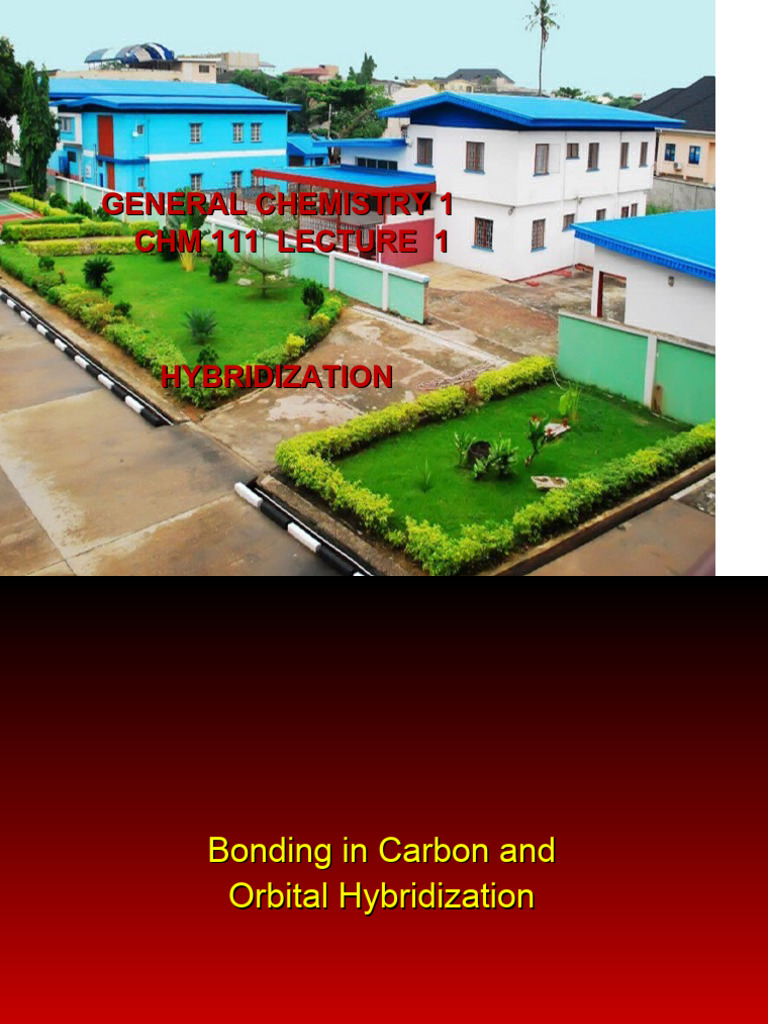The hybridization of carbon is a fundamental concept in organic chemistry that has profound implications across various fields, including environmental science and materials engineering. To delve into this topic, one might start by posing a playful question: What do the structures of diamond, graphite, and various organic compounds have in common? The answer lies in the intricate world of carbon hybridization. This process allows carbon to form diverse molecular structures, which is pivotal in creating the myriad compounds found in nature.
At its core, hybridization refers to the mixing of atomic orbitals to create new, equivalent hybrid orbitals. For carbon, the process typically involves the combination of its 2s and 2p orbitals, leading to several hybridization types: sp, sp², and sp³. Each hybridization type corresponds to a specific molecular geometry and bonding characteristics that define the chemical behavior of carbon-containing compounds.
To understand hybridization better, let us consider the three main types:
- sp³ Hybridization: This occurs when one s orbital mixes with three p orbitals to create four equivalent sp³ hybrid orbitals. The geometry resultant is tetrahedral, with bond angles of approximately 109.5 degrees. This is the hybridization witnessed in methane (CH₄), where each hydrogen atom is covalently bonded to the central carbon atom. The sp³ hybridization exemplifies the versatility of carbon, demonstrating its ability to form single covalent bonds with other elements.
- sp² Hybridization: In this case, one s orbital and two p orbitals hybridize to form three sp² hybrid orbitals oriented in a trigonal planar arrangement with 120-degree bond angles. An example is ethylene (C₂H₄), where the carbon atoms engage in both sigma and pi bonding. This dual bonding allows for the formation of double bonds, which are crucial in many biochemical processes, such as photosynthesis. The presence of these double bonds underscores the importance of sp² hybridization in connectivity and reactivity of organic molecules.
- sp Hybridization: This occurs when one s orbital combines with one p orbital, yielding two sp hybrid orbitals arranged linearly at 180 degrees apart. A quintessential example is acetylene (C₂H₂), where the carbon-carbon triple bond illustrates the strength and stability imparted by sp hybridization. Carbon’s ability to form strong, linear arrangements is essential for various natural structures, including those that contribute to carbon sequestration.
When considering carbon’s structural versatility, the implications of hybridization extend beyond mere chemical bonding. The variation in hybridization types enables carbon to serve as the backbone for complex biological molecules, including carbohydrates, proteins, and nucleic acids. Carbon’s ability to form stable bonds with itself and other elements allows the creation of long chains and diverse structures crucial for life.
Furthermore, the understanding of carbon hybridization plays a crucial role in addressing climate change. For example, the recognition of carbon forms leads to a better understanding of carbon capture and storage technologies. By appreciating how carbon bonds and interacts within various compounds, scientists can develop innovative ways to mitigate greenhouse gas emissions. The playful challenge emerges: how can we harness the power of carbon’s hybridization to create sustainable solutions for our planet? The answer lies in bioengineering, green chemistry, and materials science.
One particularly exciting avenue is the development of carbon-based materials, such as graphene and carbon nanotubes. These materials owe their remarkable properties to the hybridization of carbon. Graphene, for instance, exhibits extraordinary strength and conductivity, making it a potential candidate for energy storage devices, like batteries and supercapacitors. When we envision a future characterized by reduced carbon footprints, materials designed through an in-depth understanding of carbon’s hybridization may play an essential role.
Moreover, the intricate relationship between hybridization and molecular properties is critical in the quest for alternative energy sources. The design of catalysts for chemical reactions, which often involve carbon-based compounds, can be optimized by understanding how hybridization influences electron distribution and bond strength. Such advancements can lead to more efficient fuel cells and solar panels, further enhancing the sustainability of our energy systems.
While studying carbon hybridization does present challenges, it also offers myriad opportunities to innovate and promote environmental stewardship. As researchers continue to uncover the nuances of carbon’s bonding capabilities, society stands to benefit significantly from practical applications that support climate resilience. The hybridization of carbon is not merely an academic concept; it is a framework for addressing some of the most pressing challenges of our time.
In conclusion, the hybridization of carbon encompasses more than just theoretical constructs; it is an essential aspect of chemistry that influences the very fabric of life and technology. Embracing the potential of carbon’s bonding strategies can lead to sustainable practices in energy, materials, and environmental management. As we ponder the playful question posed at the beginning, it becomes clear that understanding carbon hybridization is vital for a greener, more sustainable future. By leaning into the challenges and harnessing the potential of carbon, we can devise innovative solutions, creating a pathway forward that not only addresses climate change but also promotes thriving ecosystems and communities.
